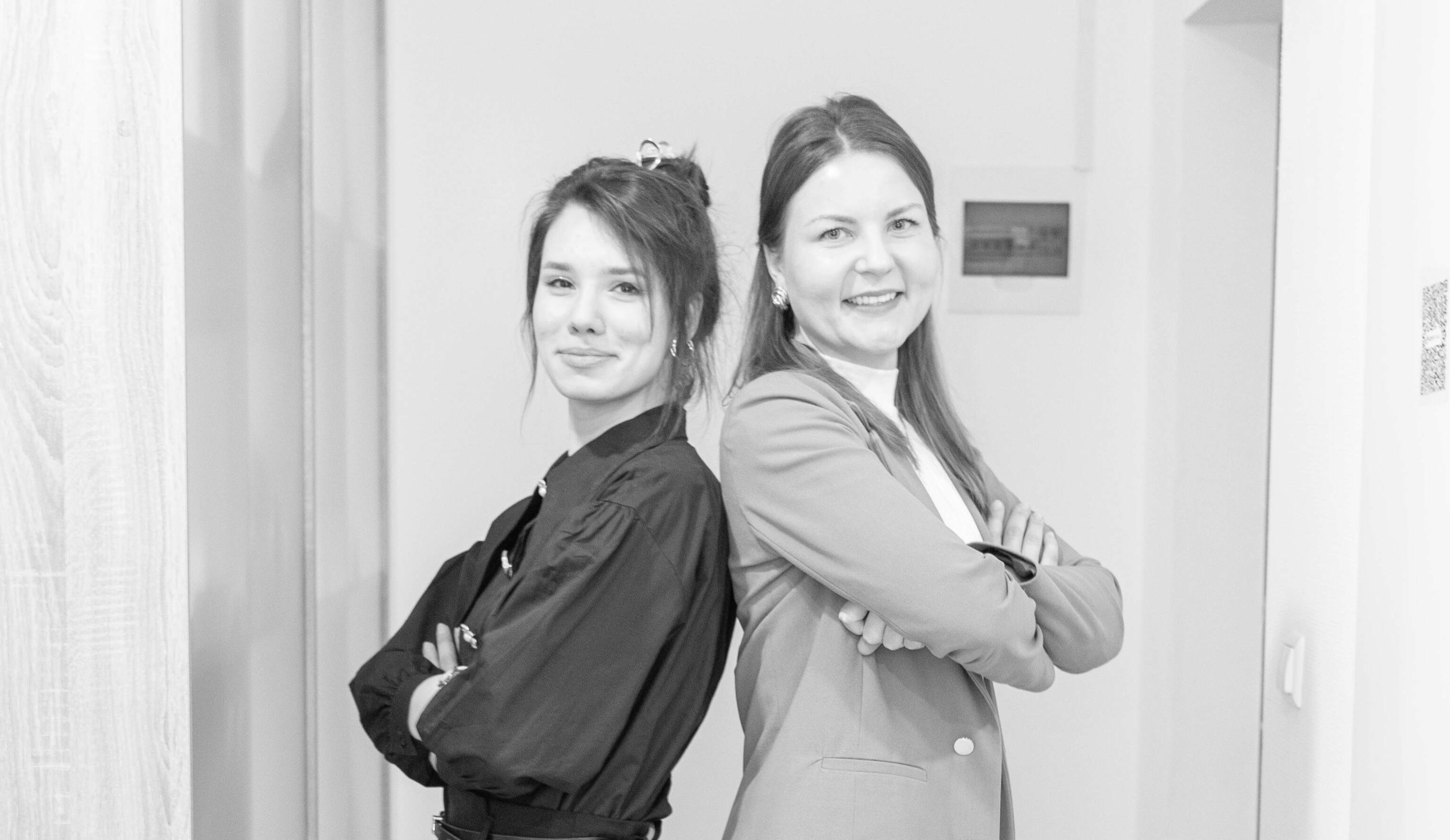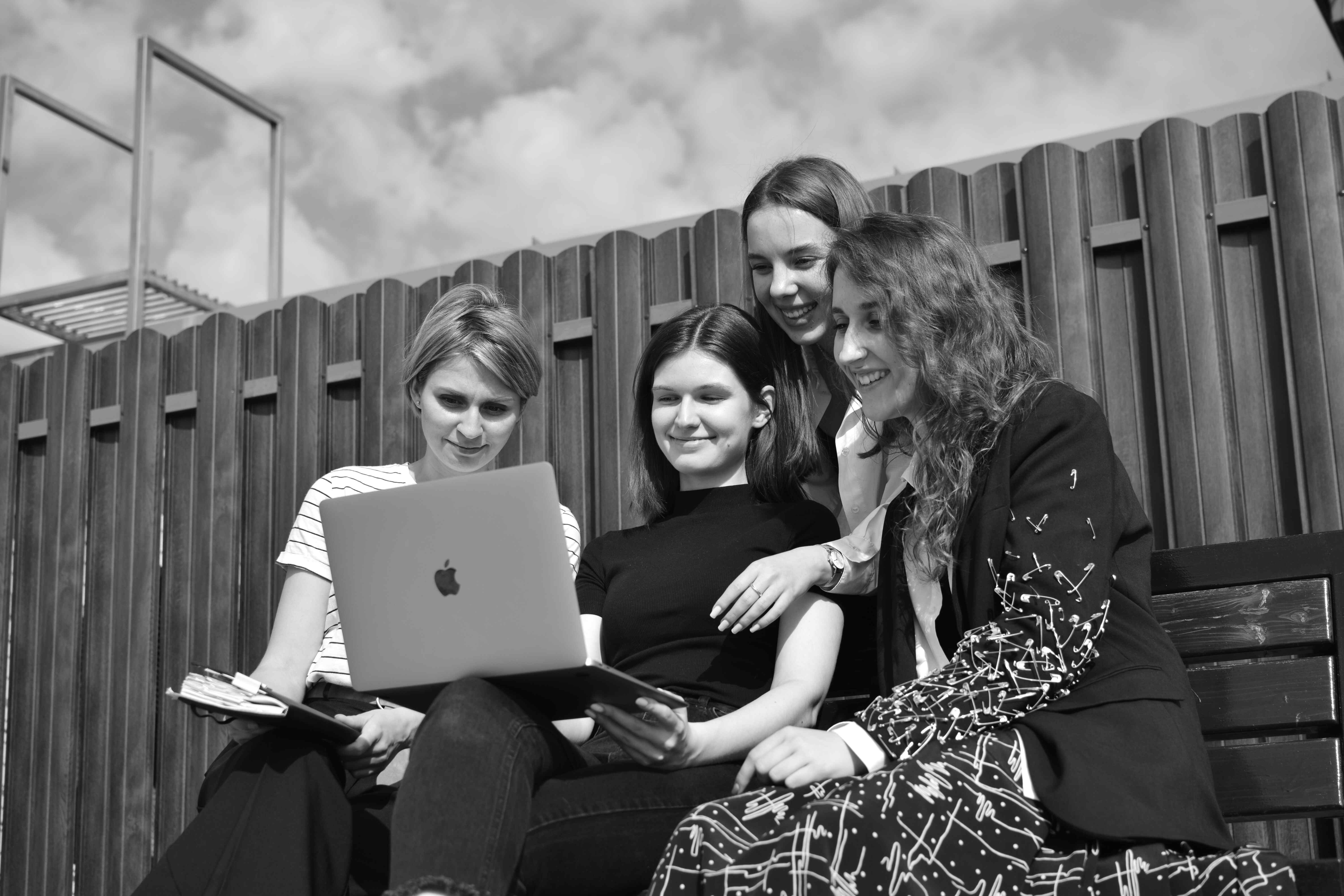Design handover | Tips for collaboration between developers and designers
The design handover is a crucial step in the app and web development process. It is the link between the creative process of the design and the technical implementation by the developers. An effective design handover can help to avoid misunderstandings, increase efficiency and ultimately deliver a higher quality product. But how can you improve collaboration between designers and developers? Here are some tips.
What is design handover?
Design handover is a crucial process step in web and app development where the finished design is handed over from the designers to the developers. In this phase, the product, which until then has usually been visually oriented and creative, is transferred to a technical context. The design, which was previously available in the form of sketches, wireframes or prototypes, is now transferred to a format that the developers can use for programming and implementation.
This handover process usually also includes the provision of design specifications and resources, such as color palettes, fonts, images and icons. The design handover is not just an exchange of information, but requires close collaboration and communication between designers and developers to ensure that the design vision is implemented correctly and that the usability (UX design) and visual design (UI design) are optimally aligned with the technical possibilities and requirements.
Tips for collaboration between developers and designers
Clear communication
Clear and open communication is the be-all and end-all of any good collaboration. This also applies to collaboration between designers and developers. Both parties should take time to discuss their expectations and make sure they are on the same page.
Use of digital tools
There are numerous digital tools that can facilitate the design handover process. These include design and prototyping tools such as Sketch, Figma and InVision, but also project management tools such as Jira and Trello. These tools can help to improve communication, provide feedback and track progress.
Involve everyone involved
Both designers and developers should be involved in the process right from the start. This allows them to make decisions together, solve problems and develop a shared vision for the project.
Creating clear and precise design specifications
Another important aspect of the design handover is the creation of clear and concise design specifications. These should contain all the relevant information the developers need to implement the design, such as color codes, typography, spacing and design elements. It is important that the specifications are as detailed as possible to avoid misunderstandings.
Regular meetings and feedback sessions
To ensure that everyone is on the same page and to identify potential problems early on, regular meetings and feedback sessions are essential. These can take place in person or virtually and provide an opportunity to review progress, clarify issues and provide feedback.
Consideration of technical feasibility
When designing user interfaces and developing web designs, it is important to consider technical feasibility. Designers should therefore work closely with developers to ensure that their designs are technically feasible. This can help save time and resources later in the process.
Conclusion
Successful collaboration between designers and developers during design handover not only promotes the quality of the end product, but also the job satisfaction and productivity of the teams involved. In the next article, we will take a closer look at the topics of UX/UI design and the design of user interfaces. Stay tuned!
Image source: North IT Group



